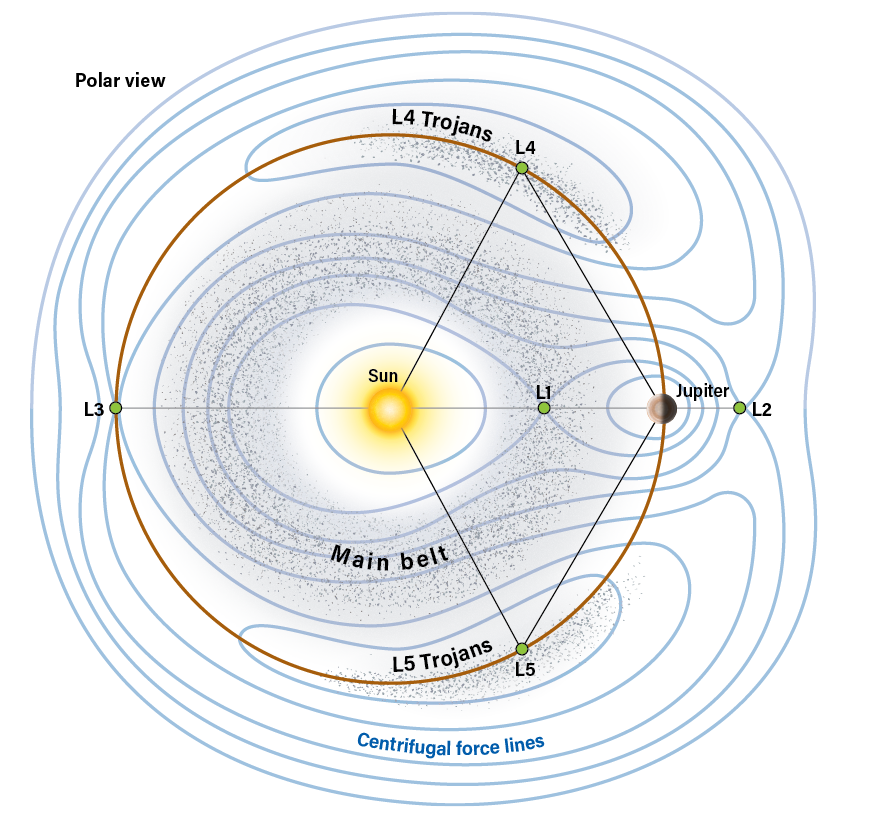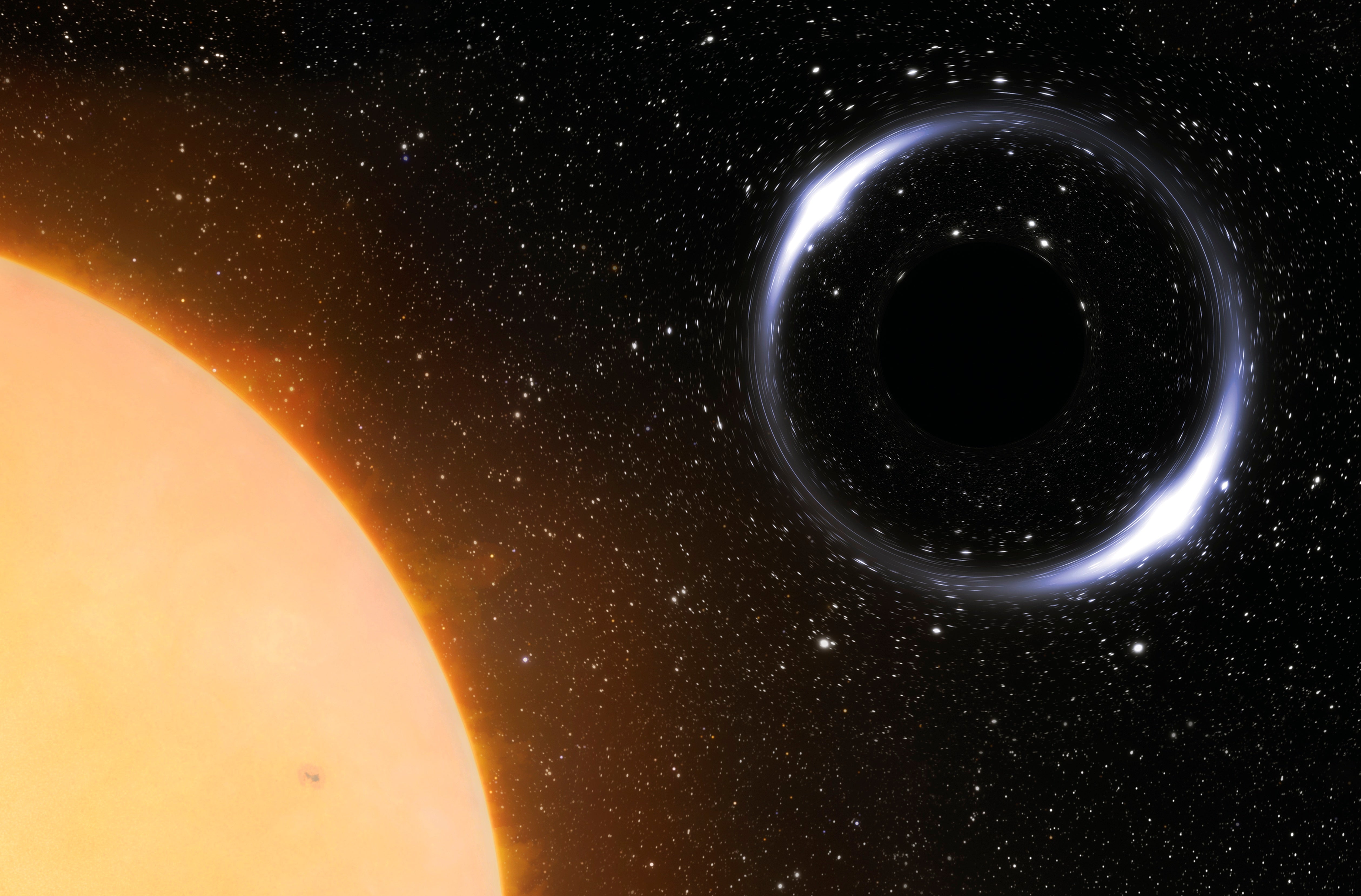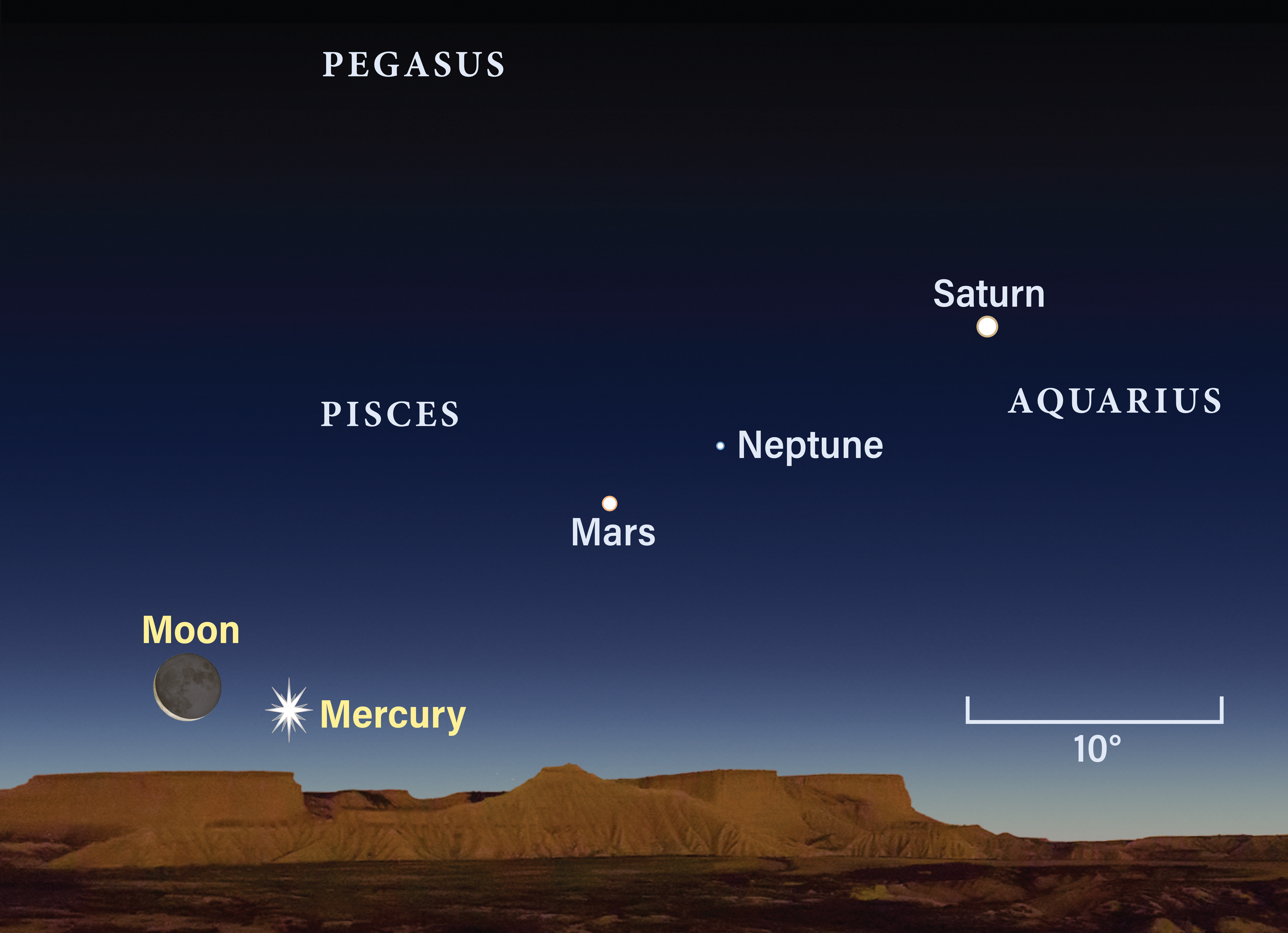
About 15 years ago I began to hear of an event that was bubbling up, to be called Starmus. What, goodness gracious, could this possibly be? Fully titled the Starmus Festival, I soon learned the word Starmus came from the merger of stars and music, and two genius collaborators were behind this burgeoning effort. Both sounded familiar. One was Garik Israelian, an astronomer in the Canary Islands, and the other was Brian May. This led me down the path of an adventure that I’m still on, collaborating with these two amazing friends.
I did not need to remind myself of the identity of Brian. Many astronomy enthusiasts had been familiar with this famous astronomer for quite a few years. You see, Brian was a doctoral student in Tenerife, in those Canary Islands, working on his Ph.D. in astronomy, in 1970. His work centered on an interesting but relatively obscure topic, the zodiacal dust cloud in the solar system.
But other events were transpiring in those early days. Along with friends, all centered in London, Brian was putting together a rock band. The friends included one Farrokh Bulsara, a singer and pianist, and also drummer Roger Taylor. Brian was already a superbly talented guitarist, having scratch-built his own instrument, the Red Special, along with his father, at a young age. The bandmates got together, at first to the horror of Brian’s family, when he abandoned his Ph.D. program. Mr. Bulsara eventually took on a stage name, probably better known to you — Freddie Mercury. The trio added a bass player, too, John Deacon, and began to assault the music world. You might have seen their story in the award-winning film Bohemian Rhapsody.
Well, now named Queen, the band rolled on, issuing albums, and experiencing some encouraging success. But the world broke open for this band with the release of their album A Night at the Opera, in 1975. Ever-increasing polish, brilliant and innovative songwriting and playing, live shows that knocked people out, and a worldwide megahit on Opera — the song “Bohemian Rhapsody” — led to unparalleled success. The May family forgave Brian in earnest. The world seemed at Queen’s doorstep.
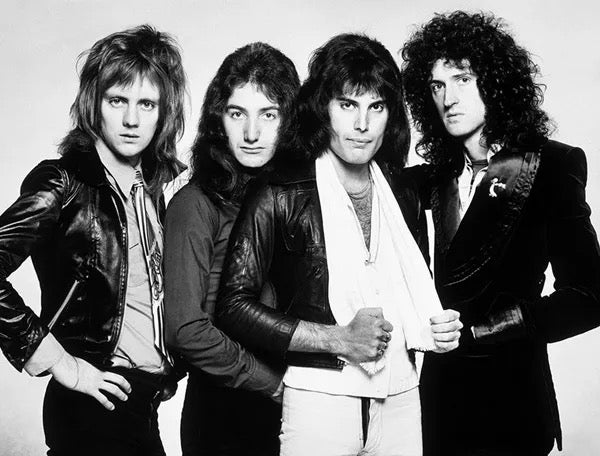
The band’s hits arrived with increasing frequency and magnitude. If you’ve been living on Earth, you undoubtedly know of many of them — “We Will Rock You,” “We Are the Champions,” “Crazy Little Thing Called Love,” “Killer Queen,” “Tie Your Mother Down,” “Radio Ga Ga,” “I Want It All,” “Somebody to Love,” and the list goes on and on and on. Quite a few times I’ve been privileged to see a live Queen show, once when I was young, seeing the band with Freddie, and mostly more recently. In 2023 I took the Astronomy staff along with me and had some happy editors in the show’s afterglow.
Brian May becomes Dr. Brian May
What makes this story even more interesting to astronomy types is Queen’s resident astronomer. At the urging of his longtime friend Patrick Moore, the celebrated British astronomy TV presenter, Brian went back and finished his Ph.D. in 2008, on that zodiacal dust cloud. Fortunately the subject was specialized enough that he could pick right up almost 40 years later. And you may know that last year Brian was knighted by King Charles and so is now both Dr. May and Sir Brian May.
I’ve met and known very many clever people in my time on the planet. They include such astronomical notables as Stephen Hawking, Kip Thorne, and Jill Tarter, and astronauts such as Jim Lovell, Buzz Aldrin, and Charlie Duke. In other words, pretty smart people who classically would have been referred to as “polymaths” — brilliant folks with a very wide range of knowledge over many subjects.
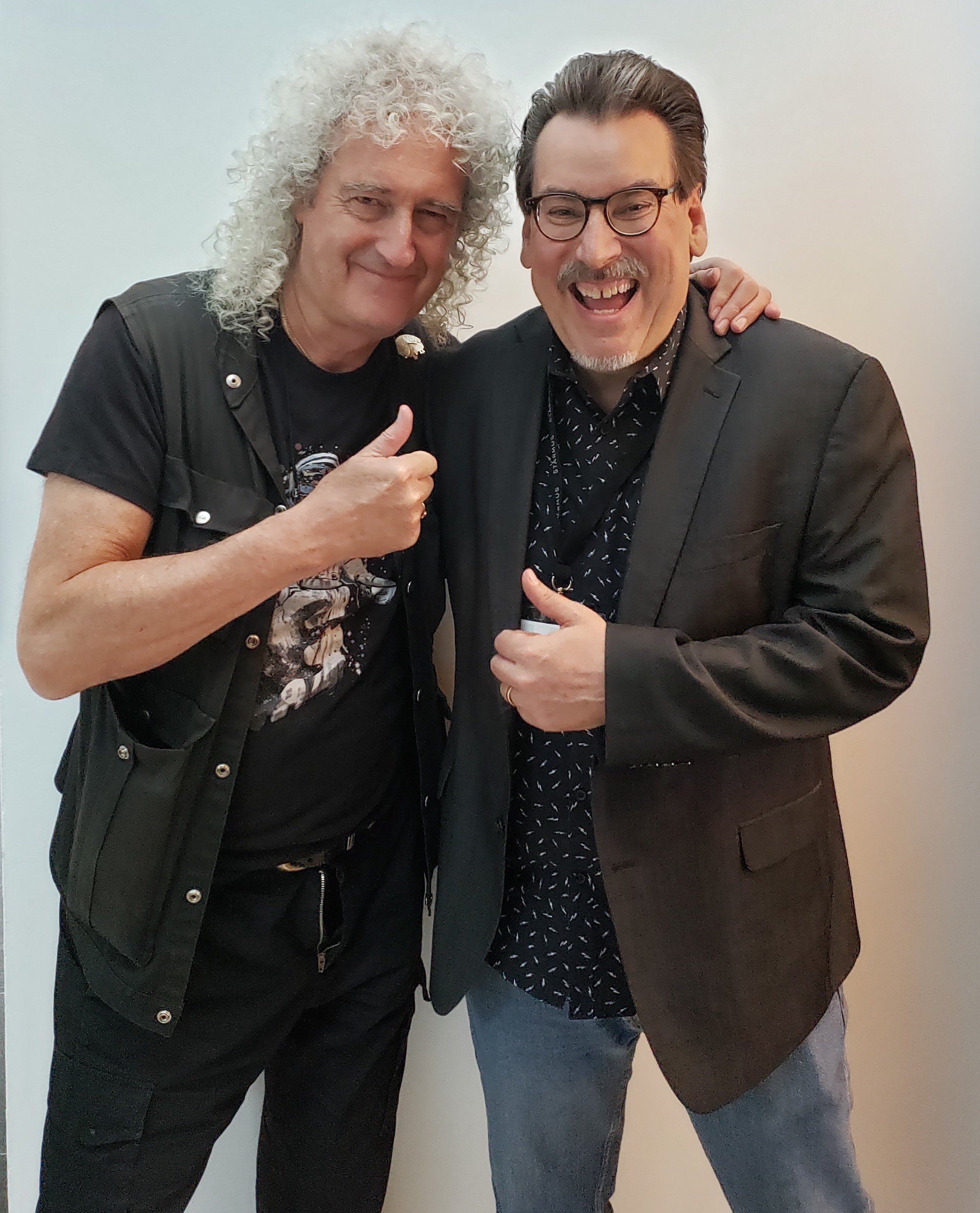
And Brian is certainly one of those too. When I got engaged in the Starmus Festival, founders Garik and Brian placed me on the Starmus Board along with a number of other folks. This led to a close collaboration with Brian, coauthoring two astronomy books together (Mission Moon 3-D and Cosmic Clouds 3-D), working on a Starmus film with Garik and Brian, and gallivanting around with Brian on some astronomy-related trips, visiting observatories and such. Under such circumstances, you really get to know someone well. It is such a joy to know someone who is so celebrated in the culture of the world and who is also such a great person — very knowledgeable, kind, and caring for other folks. It is a rare kind of person, this Brian May.
You can read more about Brian’s career in the biographical story I wrote a number of years ago, “Brian May: A Life in Science and Music,” here. And another of Brian’s many interests, inaugurated by a stereo card inside a childhood breakfast cereal box, is 3-D or stereo imaging, using both eyes to create three-dimensional views of the world or the cosmos. More to come on that subject soon.
Next time you’re out under the stars, viewing some cool objects in the cosmos, you might just bring some tunes along and listen to a little Queen. You’ll be experiencing a unique crossroads between astronomy and rock ‘n’ roll.
David J. Eicher is Editor of Astronomy Magazine and the author of 26 books on history and science.

